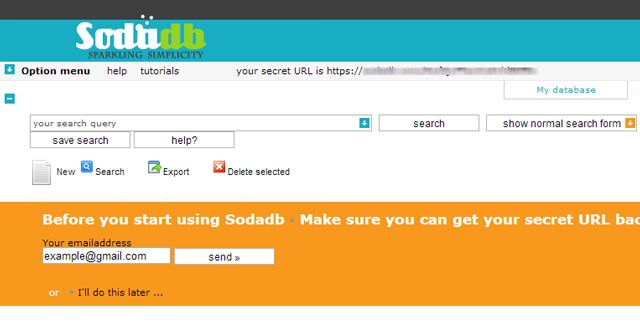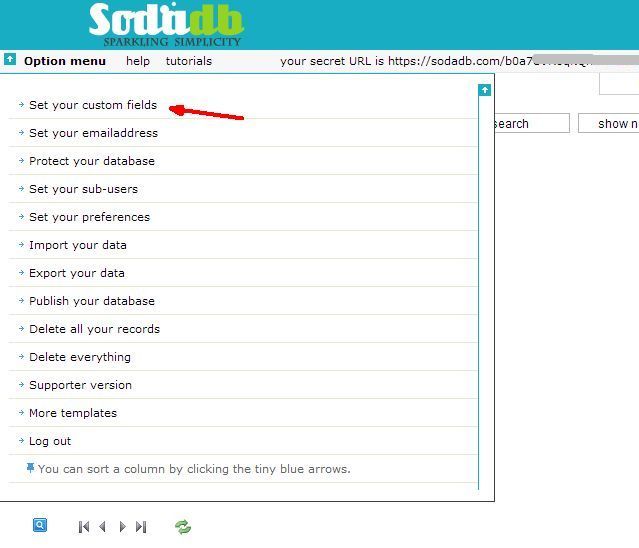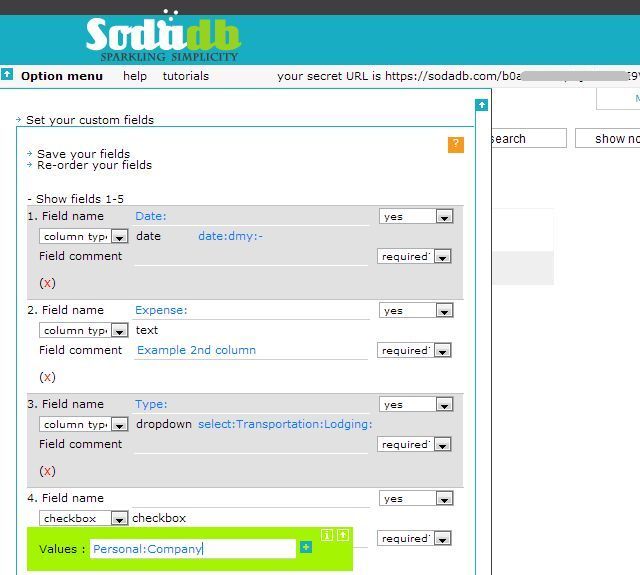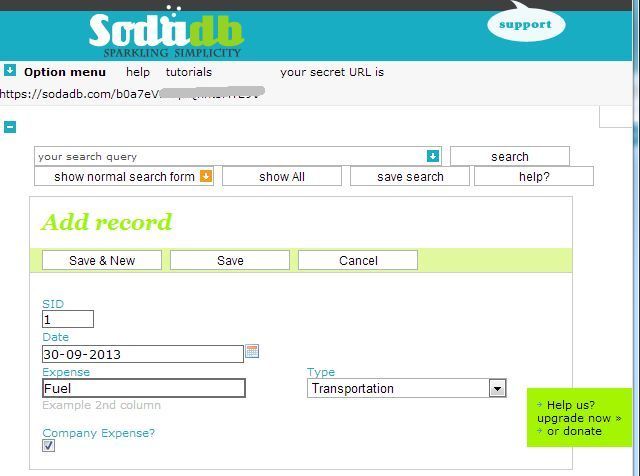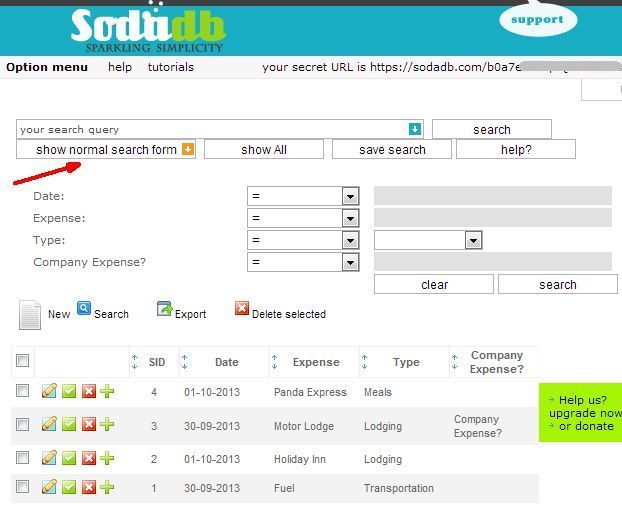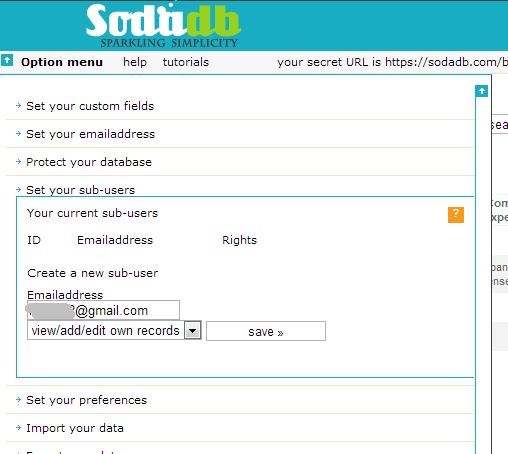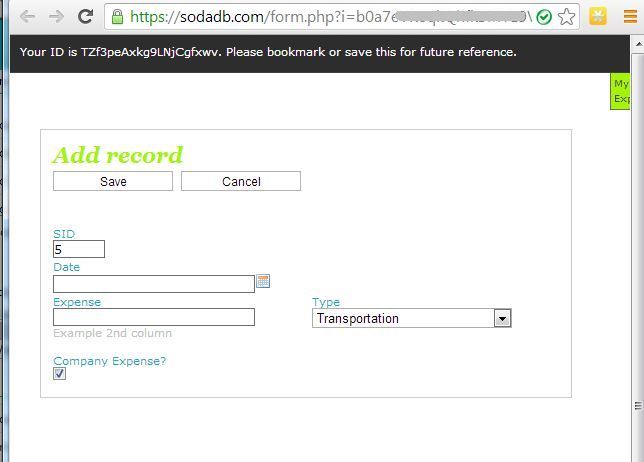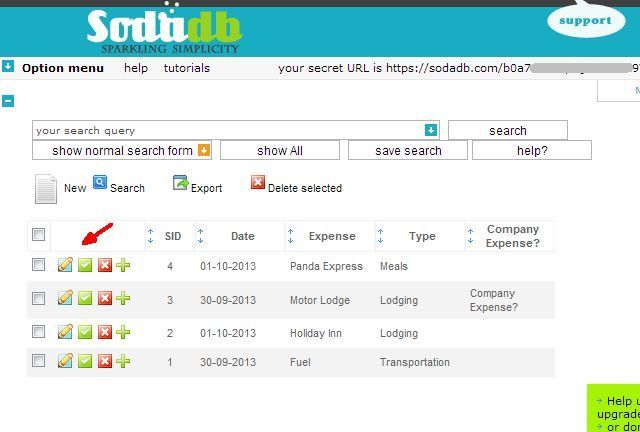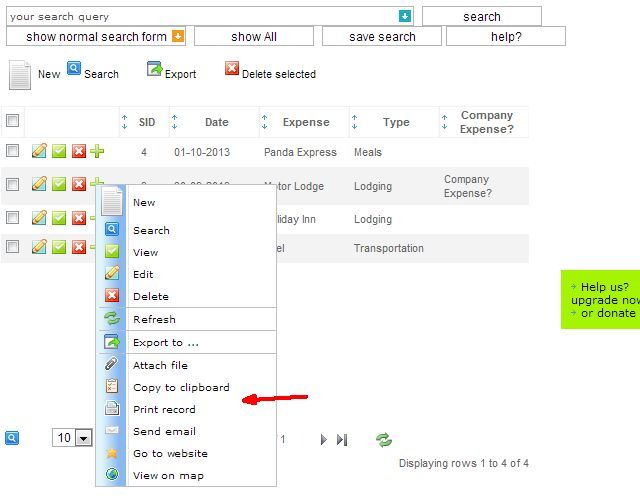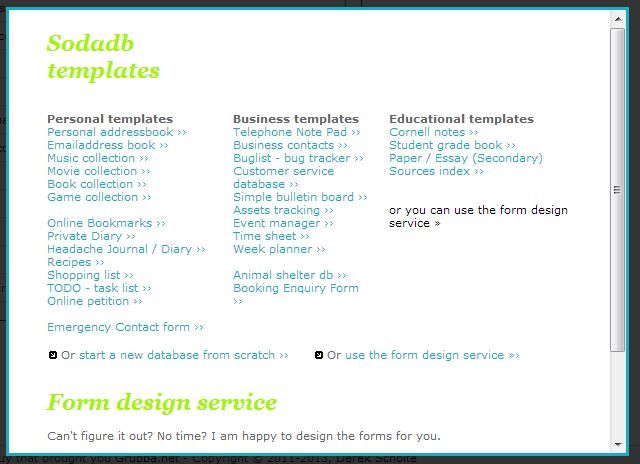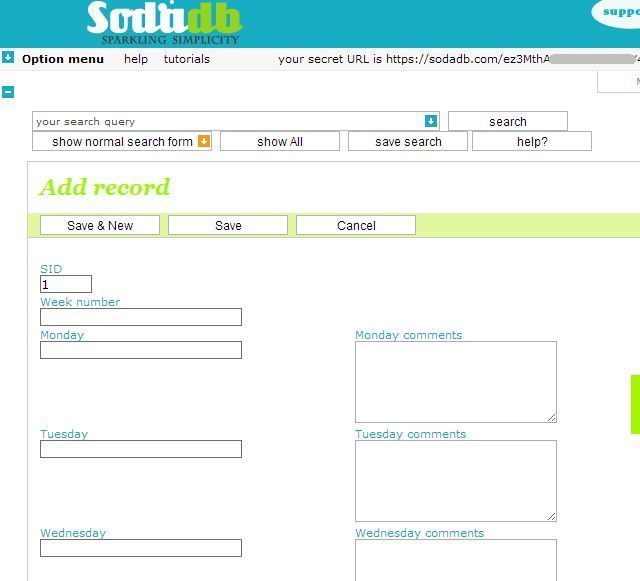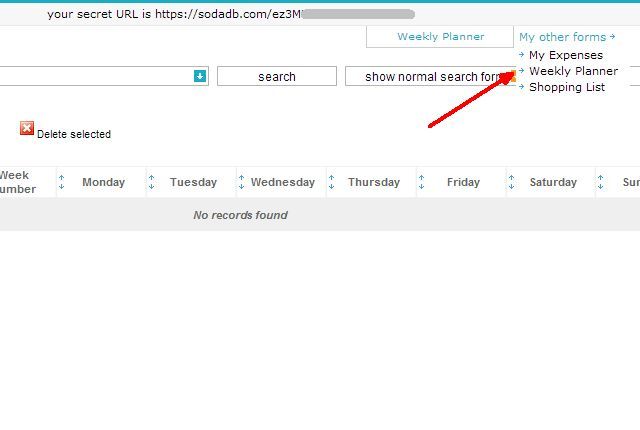What do you call a spreadsheet on steroids? A database. Where's the best place to store a database? Well, on the Internet of course; and here I am going to tell you how to easily create a free online database for your own purpose.
Having your data, and the ability to enter your data, right on the Internet means that you can manage and control your data from anywhere in the world, so long as you have an Internet connection. Why would you ever want to do this? Well, just think of the possibilities.
You could maintain a complete online library of your entire book collection. You could manage your movies and DVDs. Own a small business? Maintain a collection of data about your workers, and correlate that data with a time and labor recording form. This is the beauty of a database -- you can maintain an assortment of "spreadsheets", and then interconnect all of that information in a form that's easy to search and easy to use outside of the database itself.
If you've never really understood what a database is, or the point of one, make sure to check out my description of what a database is. We've also covered plenty of advanced database topics as well, such as creating your own hosted SQLite database, or how to search your WordPress database using query statements.
No matter whatever your background with databases -- beginner or expert -- creating your own free Soda DB database will allow you the freedom of having your own database, without the hassle of having to install and maintain one on a server. Soda DB is entirely web based.
Creating a Soda DB Database
Many people that use Soda DB just start by using one of the many templates that you'll find right on the main page. However, to start from scratch and build your own database with customized fields, click on the "Start from scratch" link underneath all the database template links.
When you do this, you'll see your own personal database design page with a pop-up asking you to set up your email address. It's important to enter one, because this is the only way Soda DB can save your database design and settings for the next time you want to come back and use your database again.
Once that's finished, you can start designing the fields in your first database table by clicking on "Option menu" and choose "Set your custom fields".
This will open a quick form where you can go down and customize up to 35 fields. You can define the field as a date, dropdown, textbox, checkbox, and other formats. Then you can type the text that you want to use to customize that field, and then fill out any other formatting options, such as the date format if you select a date field.
Once you're finished, you've done 90% of the work to create your database. You'll see your customized fields and formats show up in your database data view.
You don't really have to use your online form (available at your secret URL listed at the top of the screen) to enter data, you can do it directly in this data view, just like you can do in a regular database. If you've used a database like Access or something similar, then you'll recognize the icons for each record - edit, remove, etc...
Using Your Soda DB Database
Once you have hundreds or thousands of records in your database, the search form will come in handy. This lets you search through your database using a bunch of different logical comparisons and search fields.
You can also add additional users to your database, if you want to share it with friends. You can do this under the "Option menu", and clicking on the "Set your sub-users" menu item. Here you can just add new email addresses for any friends or colleagues that you want to provide access to your Soda DB database.
Once you save these new email addresses, those people will receive the secret link to your online database. There are actually two URLs to keep in mind. The administrative activities are accessed using the secret URL identified at the top of the database data screen. However, if you want to just access your data-entry form on any web browser, without messing around with database design issues, you can find your "FormOnly" link under the "Option Menu", under "Set your preferences".
Click on "FormOnly Settings" and you'll see the direct URL. Bookmark it to get to your data-entry form quickly.
Editing Database Records
When you are in the database design view, you can manipulate individual records using the different record tool icons in each row. The icons from left to right are Edit, View, Delete, and More Options.
What are "More Options"? Well, you might be surprised to learn that you can also copy individual records to your computer clipboard, export it to a CSV file, print it, send it to someone via email, and more depending on what the data record actually is.
For example, if the data is a GPS coordinate or name of a city, you can click on "View on map" to see it on a Google Map.
Using SodaDB Templates
Many people aren't very keen on designing their own database, so thankfully Soda DB includes a decent library of pre-existing database templates that someone else created. These templates include some really cool things like book or movie collections, to-do lists, a weekly planner, an animal shelter database, a time sheet, and more.
All you have to do is click a template, rename the database in your "Option menu", "Set Your Preferences" and "Your database name", and the database is yours to use however you see fit. Below is a template I imported for a weekly planner database.
A noteworthy feature: just because you only have one email address doesn't mean you're tied to just one database. You can actually create as many as you like, tied to (protected by) a single email address. You can see all of the databases you've created under the "My other forms" tab.
These are just a few simple examples of how you can use Soda DB -- either by building a database from scratch or by importing templates -- as your own web-based database for holding and managing thousands of records. This power is right at your fingertips and it's absolutely free.
Do you have any need for your own online database? Does Soda DB fill that need? How do you intend to make use of it? Share your thoughts and feedback in the comments section below!


